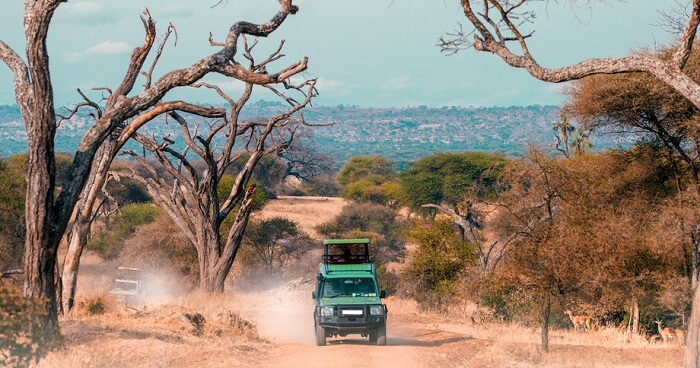Safaris in Northern Tanzania
Safaris in northern Tanzania – especially in the Serengeti and the Ngorongoro Crater – are excellent throughout the year. The coolest months are June and July and the warmest January and February, though seasonal variations are only a few degrees. The dry season months of July through October are best for animal viewing as grasses are low, making for excellent visibility, and seasonal water sources dry up, forcing the concentration of wildlife. Heavy rains fall from mid-March to early June, with a peak in April. During these “green season” months, you will enjoy the safari parks in tranquility while prices at lodges and bush camps are reduced significantly. In the short rainy season, from early November to mid-December, tourist numbers are also down while the colors of the savannah are sublime.
While massive herds of wildebeest can be found in the Serengeti year round, during the annual wildebeest migration certain parts of the park are more favorable at certain times of year:
The southern Serengeti near Lake Ndutu is where the herds gather for the annual calving during a three week period in February. The herds arrive in Dec-Jan and are on the move again in Mar-Apr.
The far northern Serengeti around the Mara River is the location of the famous river crossings that usually occur from late August through October.
The best time to visit Tarangire National Park runs from June to November, when the permanently flowing Tarangire River is the only water source in the area. The migrating herds will converge along the river during this time. From October to April you can admire some 300 species of birds, many of them are migrants from the European winter.
